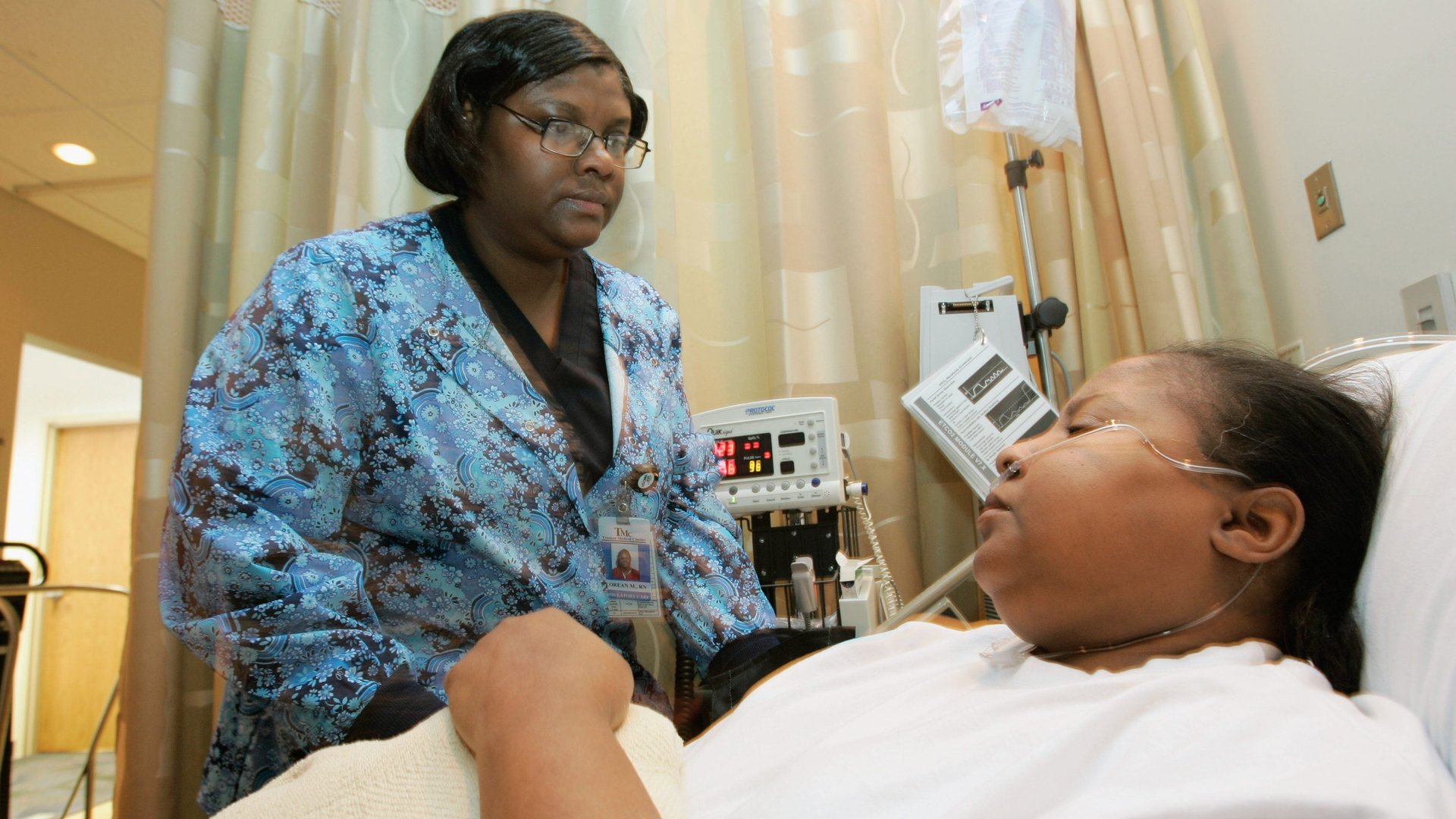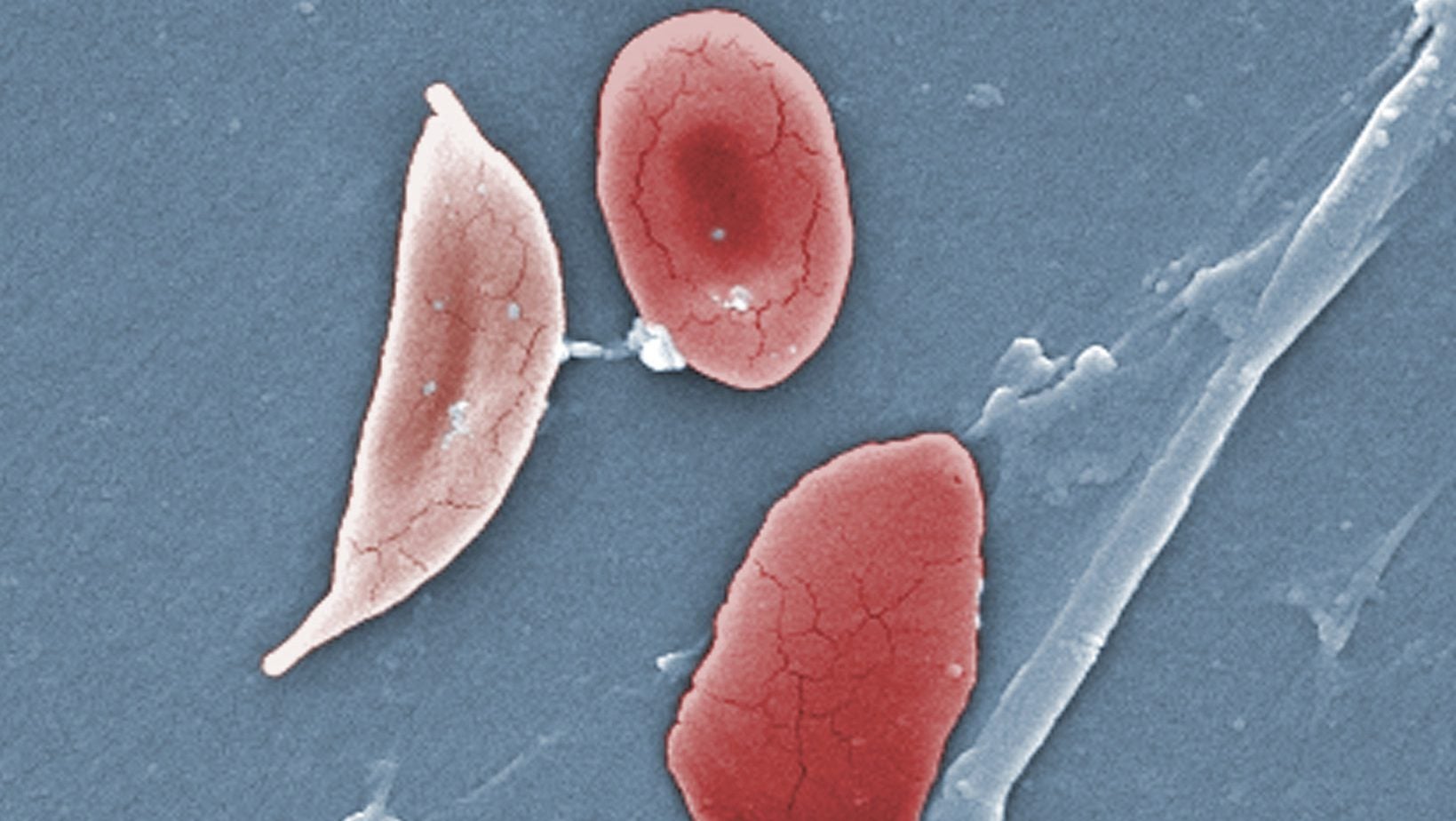Everyone with the sickle cell gene mutation descended from the same ancestor 7,300 years ago
A one-time gene mutation in a West African human millennia ago gave them immunity to malaria and doomed some of their descendants to sickle cell anaemia, according to new research.


A one-time gene mutation in a West African human millennia ago gave them immunity to malaria and doomed some of their descendants to sickle cell anaemia, according to new research.
Today, about 300,000 children are born with sickle cell anaemia every year, with that number expected to rise to 400,000 in the next 30 years. The majority of these cases occur in Nigeria, the Democratic Republic of Congo, and India, and many of these babies are likely to die from the disease in which their red blood cells break apart, leaving their bodies starved of oxygen. It is caused by two copies of a gene mutation in their DNA. One copy is harmless; two copies can be deadly. Millions of people worldwide, frequently those with African heritage, are carriers of this mutant gene, but there are large gaps in our knowledge of the disease and its characteristic mutations.
Sickle cell anaemia contributes the equivalent of 5% of deaths of under-five-year-old children on the African continent, according to the W.H.O, more than 9% of such deaths in west Africa, and up to 16% of under-five deaths in individual west African countries.

A colorized microscope image shows a sickle cell, left, and normal red blood cells of a patient with sickle cell anemia.
The new research shows the disease began with a single genetic mutation in a child born about 260 generations ago. Human DNA contains two copies of this gene, and when only one copy contains the mutation, carriers are better able to fend off malaria, something which was vital for survival on the African continent.
But two copies of the mutation cause sickle-cell anemia, in which a person’s red blood cells are not shaped like disks (as they are in healthy people), but like the sickle moon.
The new research, published in scientific journal Cell, has found that this disease began with a single ancestor who developed the mutation to fend of malaria.
Daniel Shriner and Charles Rotimi, researchers at the Center for Research on Genomics and Global Health, in National Human Genome Research Institute in the United States, surveyed about 3,000 genomes, drawing on data from the 1000 Genomes Project, the African Genome Variation Project, and Qatar. They identified 156 carriers of the genetic mutation, and by analysing the DNA surrounding the mutation found evidence for a shared ancestor.
“Our results indicate that the origin of the sickle mutation was in the middle of the Holocene Wet Phase, or Neolithic Subpluvial, which lasted from 7,500–7,000 BC to 3,500–3,000 BC,” the authors write. The Green Sahara periods, as this was known, would have meant that the environment would have been lush, and an ideal habitat for the malaria mosquitoes.
“An alternative hypothesis is that the sickle allele [mutation] arose in west-central Africa, possibly in the northwestern portion of the equatorial rainforest.”
From either the Green Sahara or an equatorial rainforest, the genetic mutation has moved around the world due to, among other reasons, the Bantu migrations which began about 5,000 years ago, and the slave trade.
However, the immediate consequence of the authors’ paper is that researchers now have a better understanding of this mutation which can either protect lives or destroy them.
Bridget Penman, an infectious disease expect at the University of Warwick in England, told the New York Times that the genetic variation identified in the new research may explain why the mutation leads to deadly symptoms in some people but not others. “This knowledge might inspire treatments in itself.”